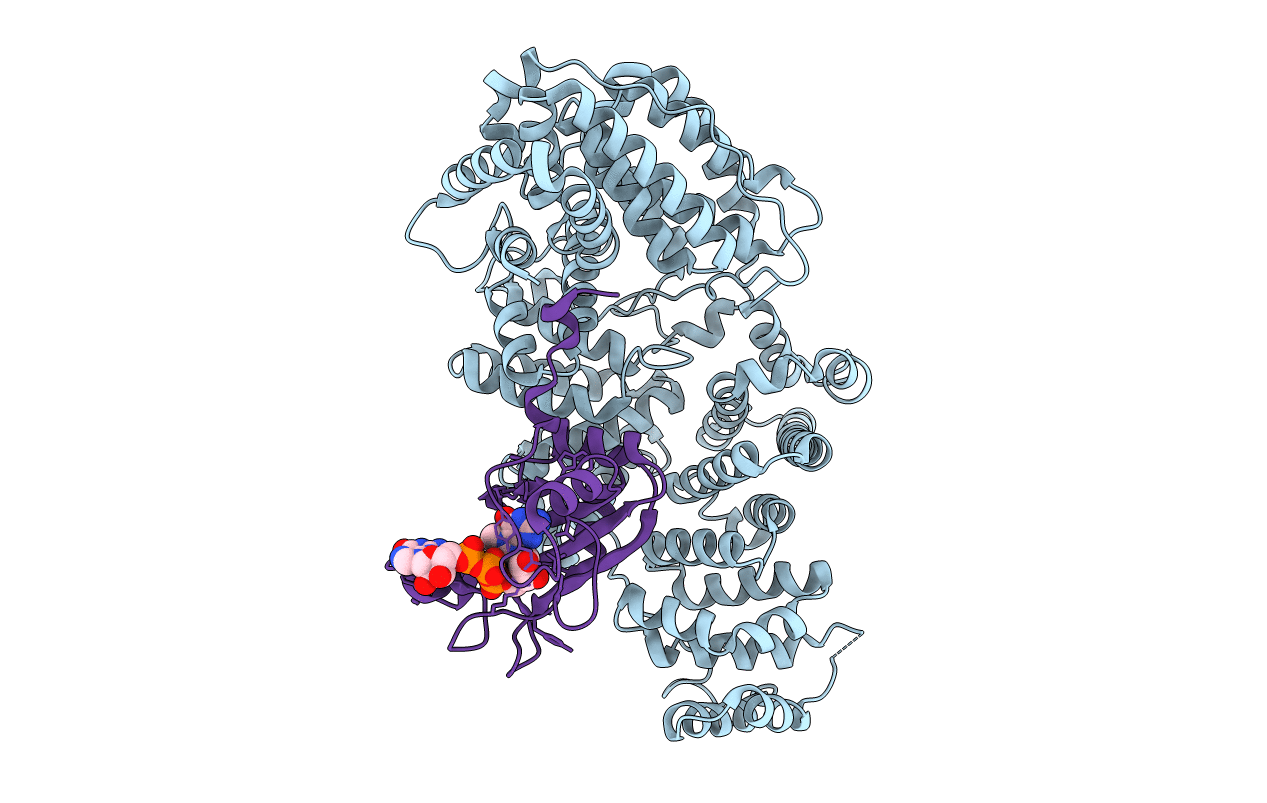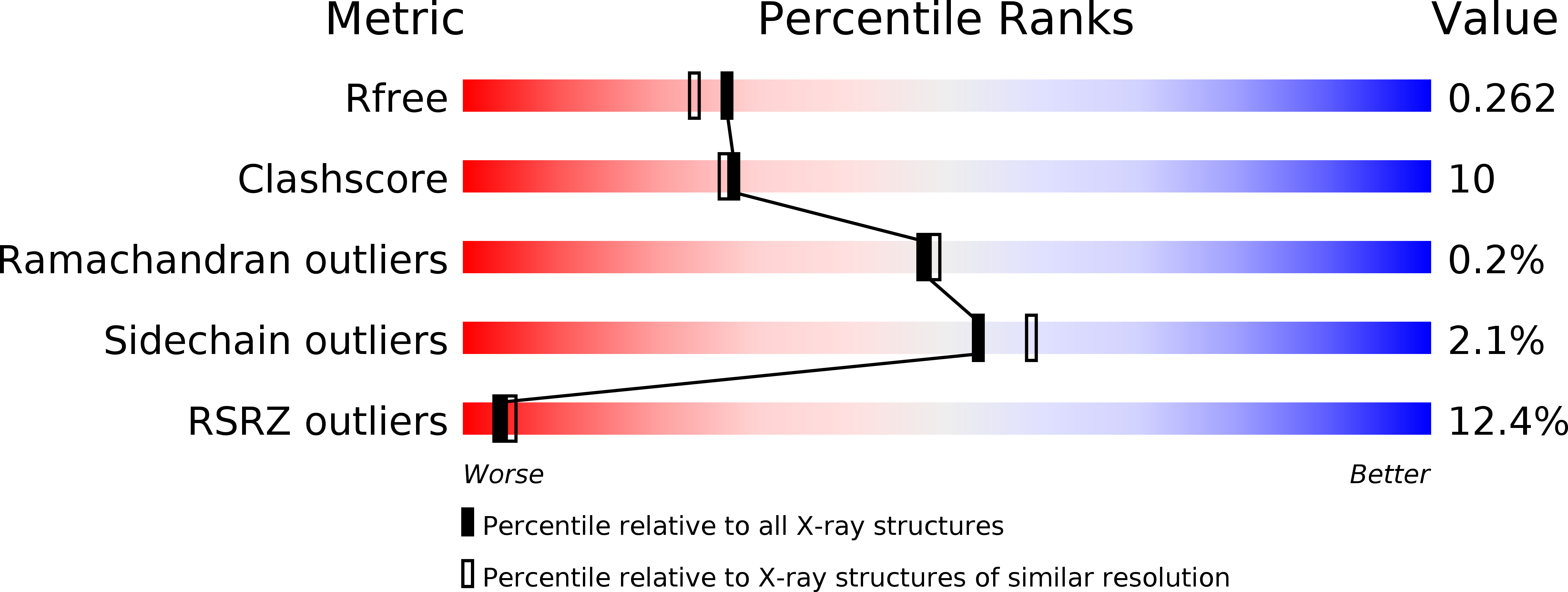
Deposition Date
2002-08-16
Release Date
2002-10-17
Last Version Date
2023-12-13
Entry Detail
PDB ID:
1H2T
Keywords:
Title:
Structure of the human nuclear cap-binding-complex (CBC) in complex with a cap analogue m7GpppG
Biological Source:
Source Organism:
HOMO SAPIENS (Taxon ID: 9606)
Host Organism:
Method Details:
Experimental Method:
Resolution:
2.10 Å
R-Value Free:
0.26
R-Value Work:
0.23
R-Value Observed:
0.23
Space Group:
P 31 2 1


